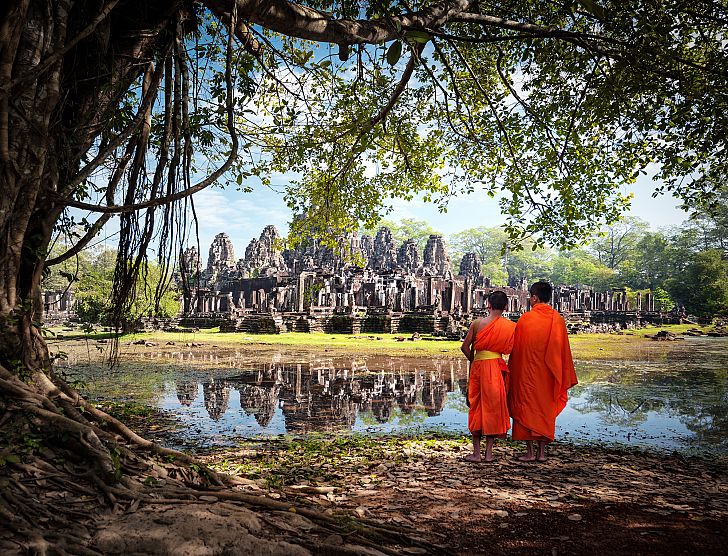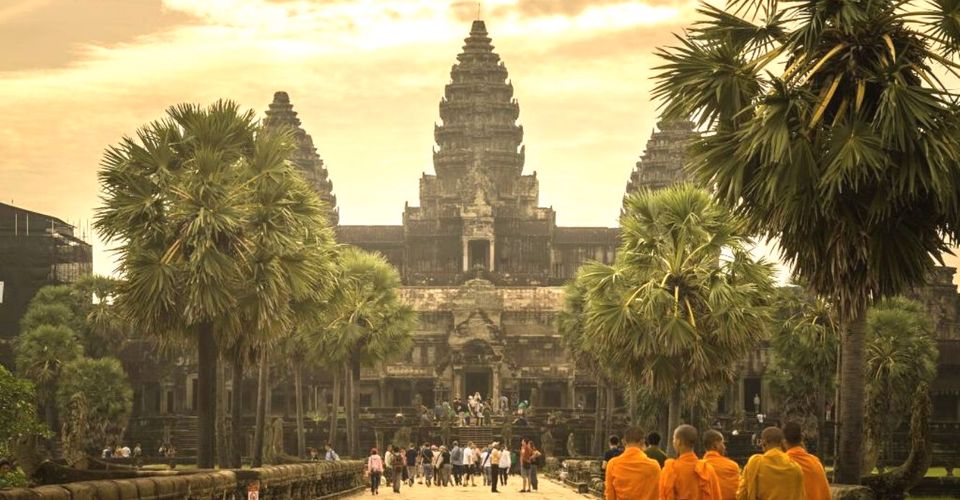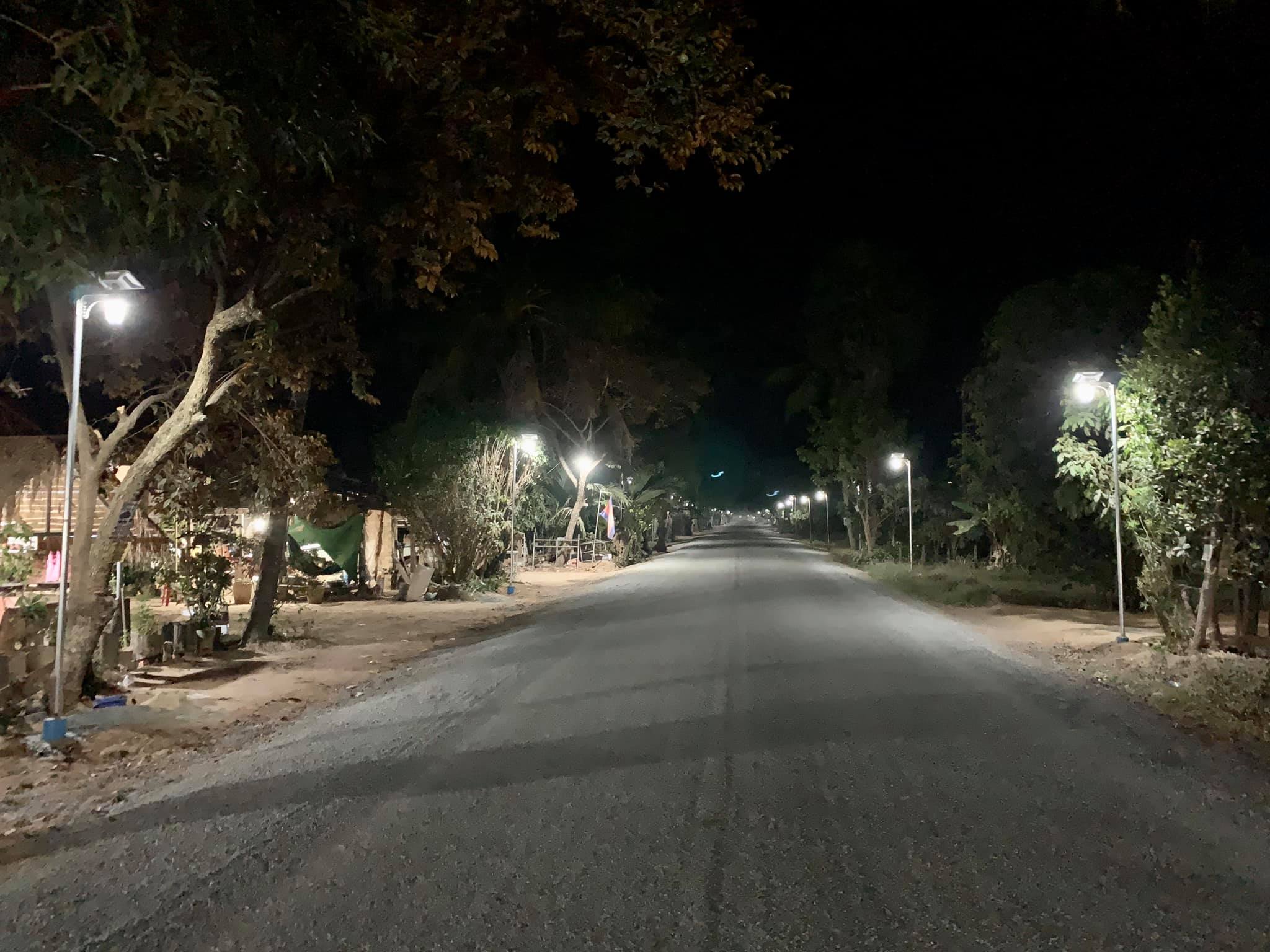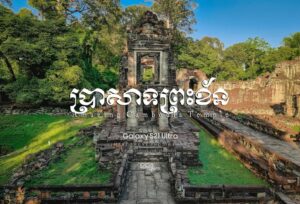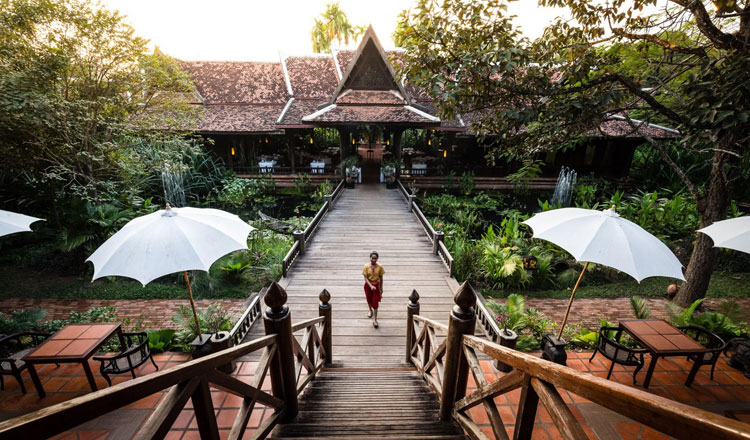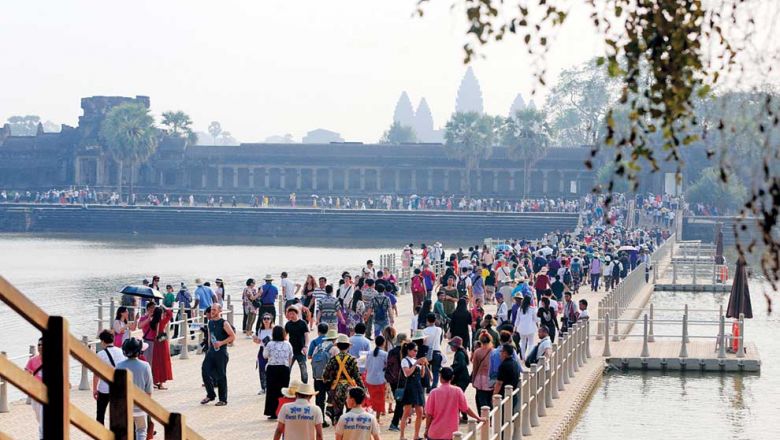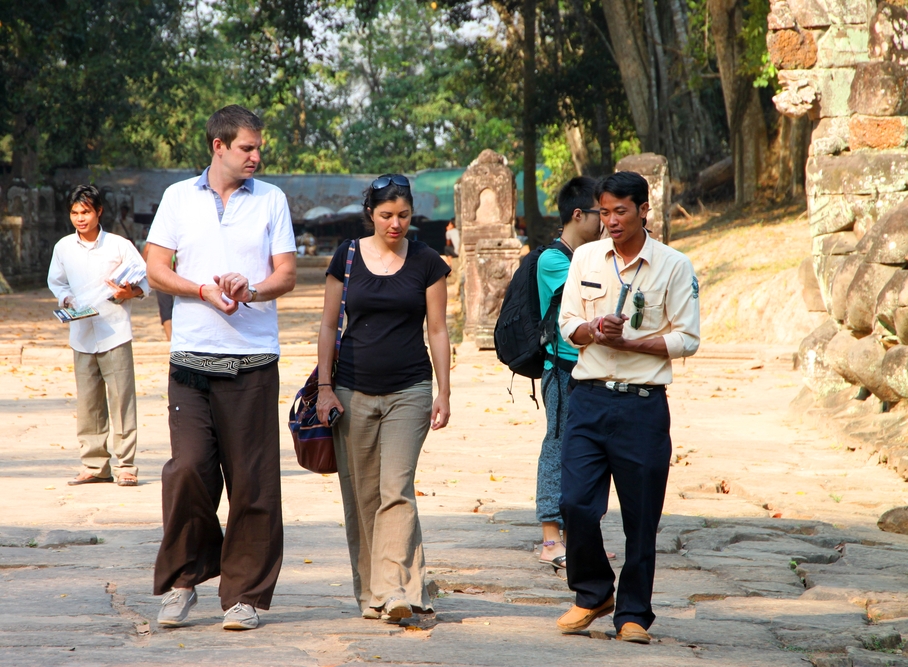These 10 Places Were Almost Considered To Be Part Of 7 Wonders Of The World
On July 7, 2007, the New7Wonders Foundation announced the new seven wonders of the world. The monuments on this list didn’t make the top seven, but they were all finalists. The monuments were chosen based on the voting of millions of people, and more than 100 million votes were cast. Many of the eligible monuments were UNESCO World Heritage Sites. Many countries promoted their own monuments in hopes of making the list. The monuments on this list didn’t make the top seven, but they were all finalists. These monuments are popular tourist destinations even though they are not part of the new seven wonders of the world.
10. Angkor Wat, Cambodia
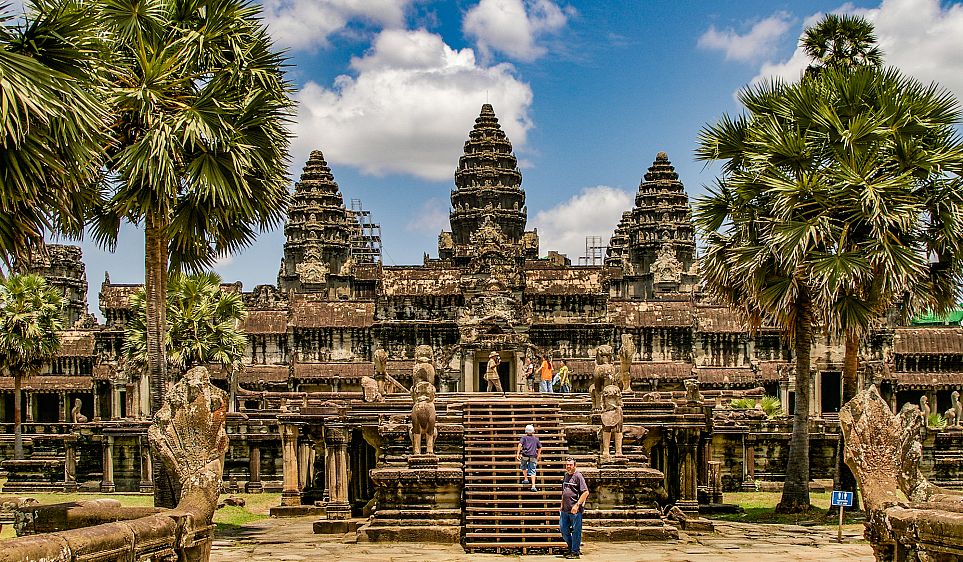
Angkor Wat is considered to be one of the most breathtaking temple complexes in the world. The intricate stone structure attracts thousands of visitors every year, and it is one of the most visited places in Southeast Asia. Angkor Wat is located just outside the city of Siem Reap, Cambodia. The temple complex was built in the 12th century by the Khmer Empire. Despite Southeast Asia being predominantly Buddhist, Angkor Wat is actually a Hindu temple.
9. Easter Island Statues, Chile
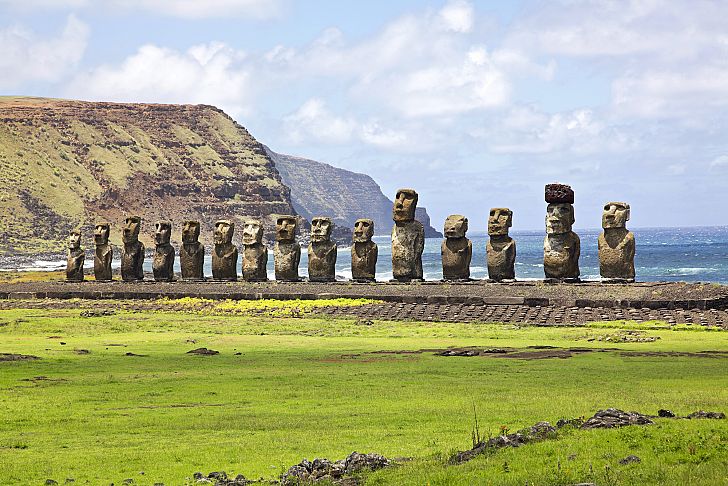
The Easter Island statues in Chile are iconic, but historians have been puzzled about the meaning and purpose of the statues for decades. Last year researchers at Binghamton University discovered that the location of the statues marks the abundance of freshwater. The human-like carvings, also known as Moai, were made by the Rapa Nui people sometime between 1250 and 1500. The statues actually have hidden bodies underneath the ground.
8. Stonehenge, United Kingdom
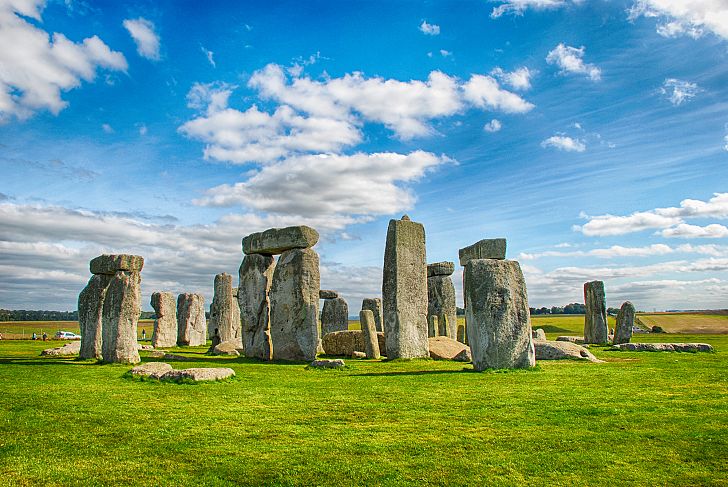
Stonehenge is one of the most popular tourist destinations in Europe. Historians have been puzzled as to why the structure was built. It was previously believed to be a clock based on the shadows cast by the sun, but the discovery of ancient remains has led scientists to believe it was a burial ground. Stonehenge was constructed sometime between 3000 and 1500 BC.
7. Kiyomizu Temple, Japan
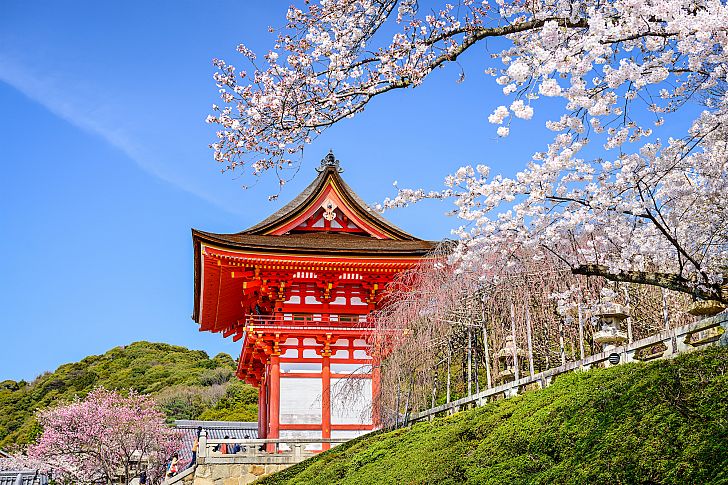
Japan has a wealth of stunning temples and pagodas, but one of the most amazing is Kiyomizu. Kiyomizu-dera is located in the Higashiyama ward of Kyoto, Japan. Kiyomizu-dera translated from Japanese means pure water temple. The Otowa waterfall is located at the base of Kiyomizu-dera’s main hall. Visitors should note that the main hall of the temple is undergoing repairs until March 2020.
6. Neuschwanstein Castle, Germany
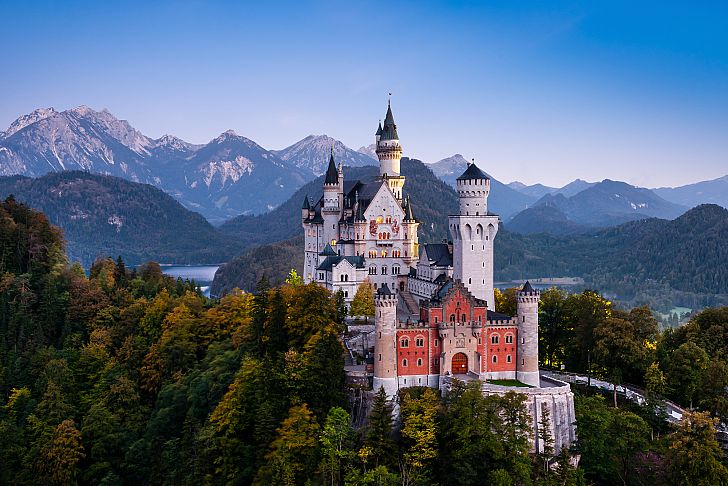
Neuschwanstein Castle is reminiscent of the kind of castle you would see in a fairytale storybook. The Bavarian castle was built under the orders of King Ludwig II. Construction began in 1869, but to this day the castle is not completely finished. In English, Neuschwanstein means new swan castle. The name is a reference to the swan knight, which is a character created by composer Robert Wagner. Walt Disney based the Magic Kingdom castle at Disneyland on Neuschwanstein.
5. Alhambra, Spain

Located in Granada Spain, this UNESCO World Heritage Site dates all the way back to the eighth century. Large defensive walls circle the complex. The red walls are what give Alhambra its name. The name of the ancient palace in Arabic means red fort. The Alcazaba, which is the oldest structure in Alhambra, was used by the Nasrid dynasty as a military base.
4. Acropolis, Greece
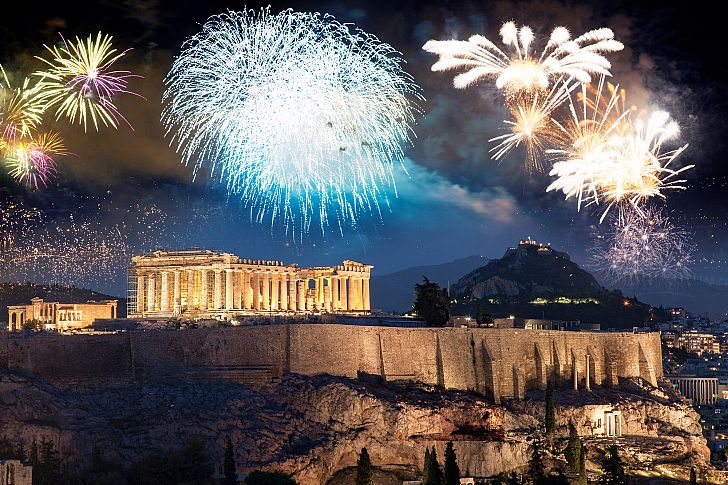
Located in Athens, Greece, the Acropolis symbolizes the contributions the ancient Greeks have made to our modern society. The Acropolis dates back to prehistoric times, but it was the period from 460 BC to 430 BC when many of the most famous structures located at the Acropolis were built. During this period, Pericles ordered the construction of the Parthenon, the Propylaea, the Temple of Athena Nike, the Erechtheion, and the statue of Athena Promachos. Historians consider this to be the golden age of the Acropolis.
3. Kremlin, Russia
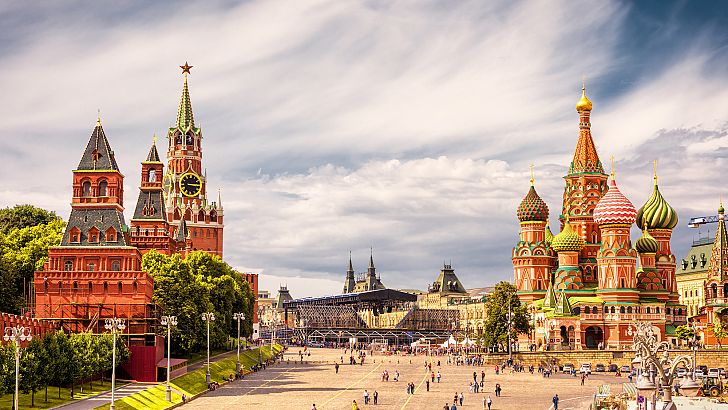
The Moscow Kremlin is the most iconic locale in all of Russia. Located on Kremlin Hill and overlooking the Moskva River, the Kremlin is the official residence of Russian President Vladimir Putin. Even though the Kremlin is a political residence, tourists can still visit many parts of the Kremlin and the surrounding Red Square. The stunning Saint Basil’s Cathedral, which was built by Russian Tsar Ivan the Terrible, is considered the pinnacle of Orthodox art, and tourists can also visit Lenin’s tomb next to the Kremlin.
2. Hagia Sophia, Turkey
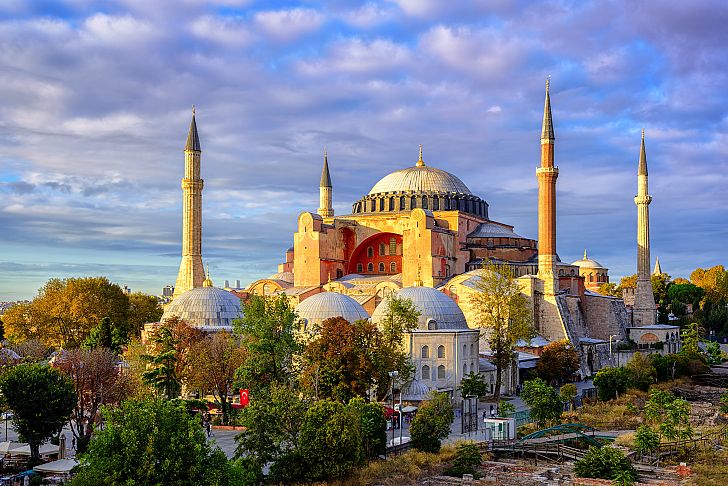
The Hagia Sophia was built in the sixth century in what is now modern-day Istanbul, Turkey. Historians consider the church to be one of the most important pieces of Byzantine architecture in the world. Despite the complexity and intricate design of the Hagia Sophia, it surprisingly only took six years to complete. Emperor Justinian I ordered the construction of the Hagia Sophia. The Hagia Sophia is part of the Historic Areas of Istanbul, which is a UNESCO World Heritage Site.
1. Timbuktu, Mali
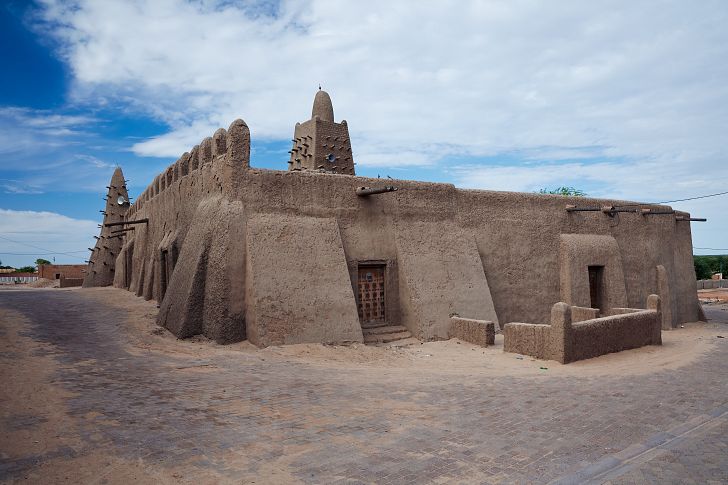
The ancient city of Timbuktu, Mali was the center of commerce and education for a number of African empires. It was once an Islamic oasis and Muslims traveled great distances with sacred texts for preeminent scholars at Timbuktu. The ancient mosques of Sankore, Sidi Yahya, and Djinguereber are located within the walls of Timbuktu.
WorldAtlas

